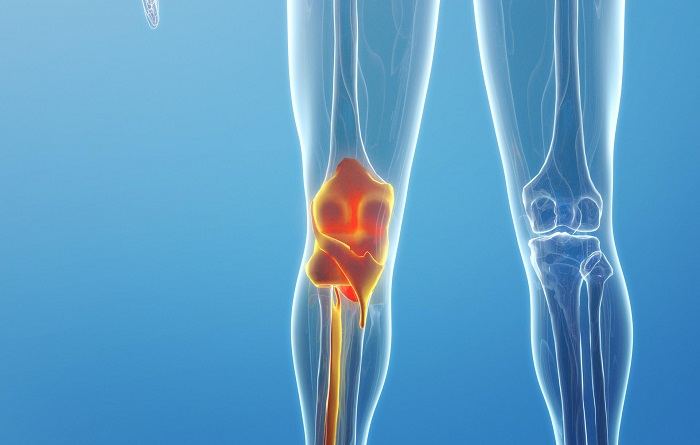Joint inflammation can be a real pain – literally. But there are numerous strategies you can employ to keep it under control and improve your quality of life.
One of the most important aspects of reducing joint inflammation is regular exercise. However, it’s crucial to choose the right type of exercise. Low – impact activities like swimming, cycling, and walking are excellent options. These exercises help to keep the joints mobile without putting excessive stress on them. For example, when you swim, the water supports your body weight, reducing the load on your joints while still allowing you to move them through a full range of motion. This helps to keep the synovial fluid in the joints lubricated, which can reduce friction and inflammation.
What you eat plays a significant role in joint inflammation. Incorporating anti – inflammatory foods into your diet is key. Foods rich in omega – 3 fatty acids, such as fatty fish (salmon, mackerel, and tuna), walnuts, and flaxseeds, can help reduce inflammation. These healthy fats have properties that counteract the body’s inflammatory response. Additionally, colorful fruits and vegetables are packed with antioxidants. Berries, spinach, and kale are great examples. Antioxidants help to neutralize free radicals in the body that can trigger inflammation. On the other hand, it’s advisable to limit the intake of processed foods, sugar, and saturated fats, as they can exacerbate inflammation.
Maintaining a healthy weight is essential for reducing joint inflammation, especially in weight – bearing joints like the knees, hips, and ankles. Excess weight puts additional pressure on these joints, leading to increased wear and tear and inflammation. Losing even a small amount of weight can have a significant impact. For instance, if you’re overweight and have knee pain, shedding just a few pounds can relieve some of the stress on your knees and reduce inflammation.
Stress can have a surprising connection to joint inflammation. When you’re stressed, your body releases hormones that can trigger an inflammatory response. Practices like meditation, deep breathing exercises, and yoga can be very helpful. Taking just 10 – 15 minutes a day to relax and focus on your breath can have a positive impact on your body’s inflammation levels. For example, meditation helps to calm the nervous system, reducing the production of stress hormones and, in turn, minimizing joint inflammation.
Certain supplements and herbs have shown promise in reducing joint inflammation. Glucosamine and chondroitin are popular supplements that may help maintain the health of the cartilage in your joints. Turmeric, with its active ingredient curcumin, has powerful anti – inflammatory properties. You can incorporate turmeric into your diet by adding it to your cooking or taking it as a supplement. However, it’s always a good idea to consult with your healthcare provider before starting any new supplements, as they may interact with other medications you’re taking.
Giving your joints enough rest is just as important as keeping them active. When you overuse your joints, it can lead to inflammation. Make sure to get enough sleep each night, as this is when your body repairs and heals itself. If you’ve had a particularly active day or are experiencing joint pain, take some time to rest. You can also use ice packs or heat therapy to relieve inflammation. Applying an ice pack for 15 – 20 minutes several times a day can reduce swelling in an inflamed joint, while heat therapy can help relax the muscles around the joint and improve blood flow.
In conclusion, reducing joint inflammation requires a holistic approach. By incorporating these strategies into your lifestyle, you can take control of your joint health and enjoy a more active, pain – free life. If you have persistent or severe joint inflammation, it’s important to consult a healthcare professional for further evaluation and treatment.
Read more
- How To Effectively Reduce Inflammation In The Joints?
- Understanding How Inflammation Wreaks Havoc In The Body
- How To Relieve Joint Pain?


